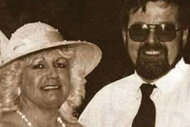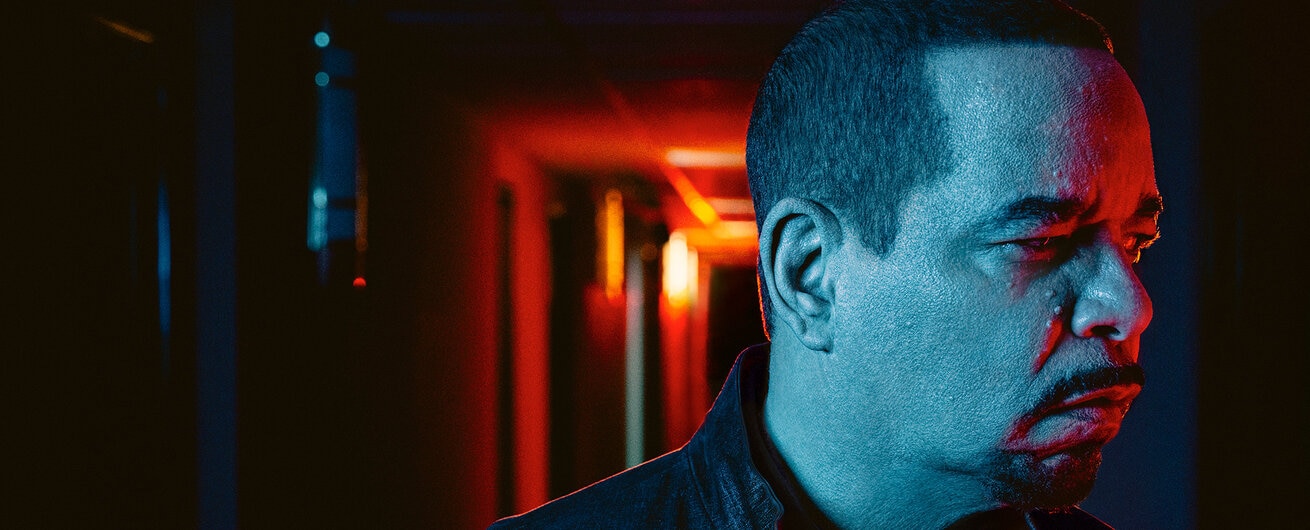Create a free profile to get unlimited access to exclusive videos, breaking news, sweepstakes, and more!
What To Know About Dungeons And Dragons Moral Panic And Its Link To 4 Savage Murders In Pennsylvania
“In Ice Cold Blood” returns to Oxygen with new episodes, including one about two vicious Pennsylvania murders by the same killer that raised the specter of Dungeons & Dragons.

For proof there’s a dark side — or at least a perceived one — to fun and games, look no further than Dungeons & Dragons, the intricate role-playing pastime set in a medieval magical universe filled with sorcerers, warriors, and monsters.
In the Season 3 return of “In Ice Cold Blood” airing on Sunday, March 14 at 7/6c on Oxygen, the game is connected to a pair of savage murders in Montgomery County, Pennsylvania.
In 1999, 20-year-old Jennifer Still was viciously stabbed to death — and suspects included a warlock and a rumored Wiccan lover. Still’s slaying went unsolved until 2005, when Heather Greaves, 27, her sister Lisa Greaves, 23, and Heather’s daughter, Avery Johnson, 3, were slaughtered by the same knife-wielding killer.
Joined by death, the victims and killer were also linked by their involvement with Dungeons & Dragons.
By the time of Still’s slaying, Dungeons & Dragons’ focus on magic and fantasy had associated it with Satanism, in short, sparking a “moral panic.”
A moral panic arises when someone or something is defined as a threat to the values, safety, and interest of the wider society. Sociologist Stanley Cohen, author of “Folk Devils and Moral Panics,” is credited with developing the concept.
D&D and its 20-sided dice, for some, appeared to be that threat.
“The 1980s were prime years for accusations that the game fostered demon worship and a belief in witchcraft and magic,” reported The New York Times in 2016. “Some religious figures cast it as corrupting enough to steer impressionable young players toward suicide and murder.”
That’s a far cry from its relatively benign beginnings a decade earlier. “Dungeons and Dragons arrived on the scene in 1974 and sort of captured people's imaginations for role playing,” Joseph Laycock, author of “Dangerous Games: What the Moral Panic over Role-Playing Games Says about Play, Religion, and Imagined Worlds,” told Oxygen.com.
However, its reputation soon turned from fun game to possible threat.
“Things happened to change the perspective on it,” added Laycock, an associate professor of religious studies at Texas State University who plays D&D in a faculty group. (He’s a dwarf warrior.) “What really put the panic together was two high-profile suicides of D&D players.”
The first casualty was 16-year-old James Dallas Egbert III, a gifted but troubled student at Michigan State University who disappeared from his dormitory in August 1979. After a month, he was found, but he ended up dying by suicide in 1980.
Two years later, Irving Lee Pulling II, a Virginia high school student, died by suicide. He shot himself after another student allegedly placed a "curse" upon him during a Dungeons and Dragons game at school, the Washington Post reported in 1983. His mother, Patricia Pullen, blamed D&D and formed the group Bothered About Dungeons and Dragons.
“In both of those cases, it was pretty clear that there was undiagnosed mental illness and drug use and all these other factors,” Laycock said, “[but] the press ran with the connection to the game.”
D&D was further stigmatized after a few murders were associated with it, including the 1984 strangulation of a Missouri teenager, Mary C. Towey.
In the wake of those tragedies, “Dungeons and Dragons” came under attack by several religious fundamentalist groups, which alleged that the game encouraged an interest in witchcraft.
“That’s kind of the essence of a moral panic,” Laycock said. “Various leaders — religious leaders and media leaders — start mobilizing things to deal with the issue. And then at some point the panic ends either because they actually deal with whatever the issue is that's frightening them, or they sort of get bored or something else comes along.”
Other factors helped D&D moral panic to subside, according to Laycock. One was the death of Patricia Pulling, a major force against the game, in the late ’90s. In addition, the Committee for the Advancement of Role-Playing Games “began to aggressively fact-check” claims against the game, Laycock said.
For all of the associations with Satan and such, Dungeons & Dragons’ popularity didn’t suffer from the negativity.
“No press is bad press,” Laycock said. “James Egbert’s disappearance got everyone very curious about the game.”
“In Ice Cold Blood” returns with new episodes March 14 at 7/6c on Oxygen. Catch the first half of Season 3 here.





























